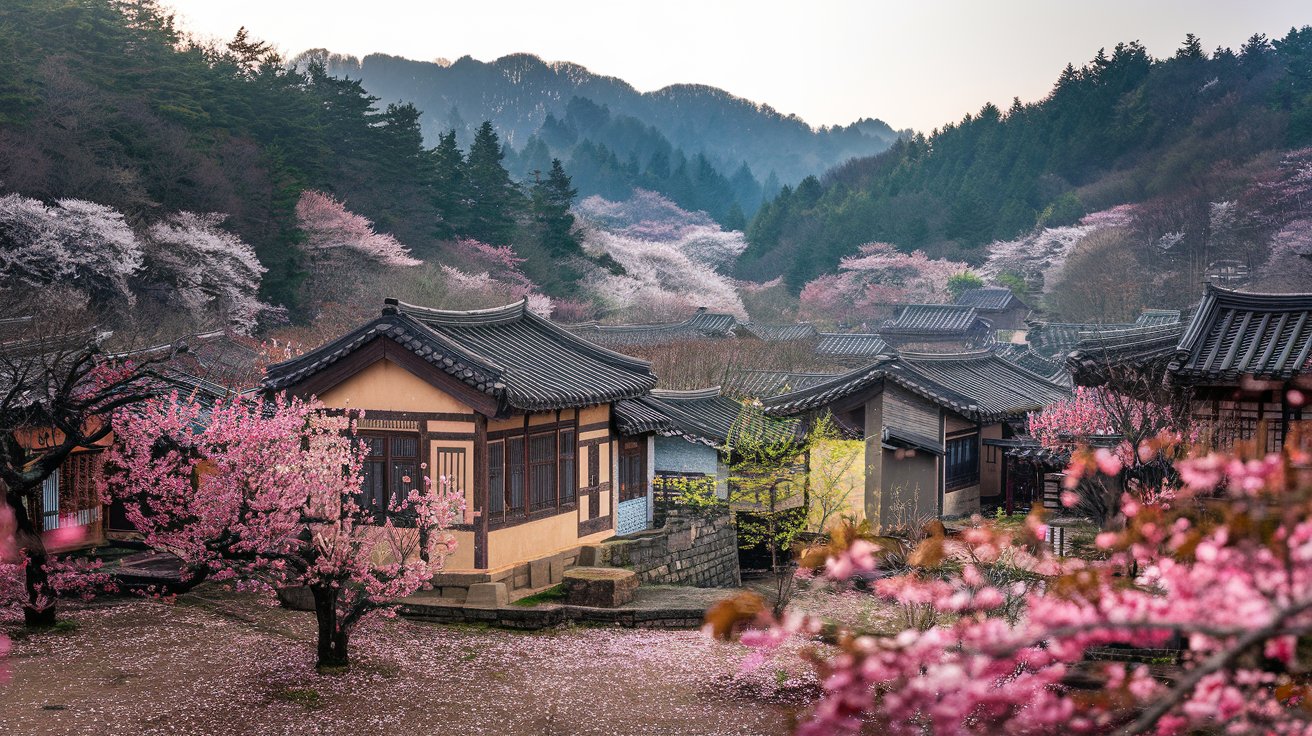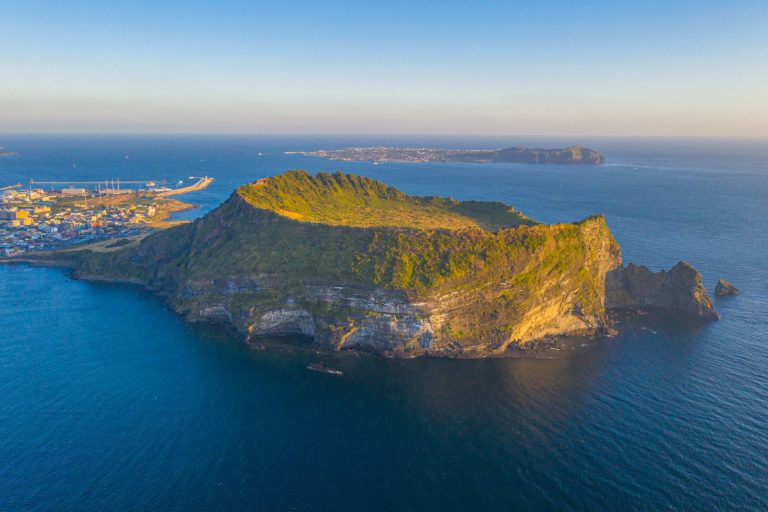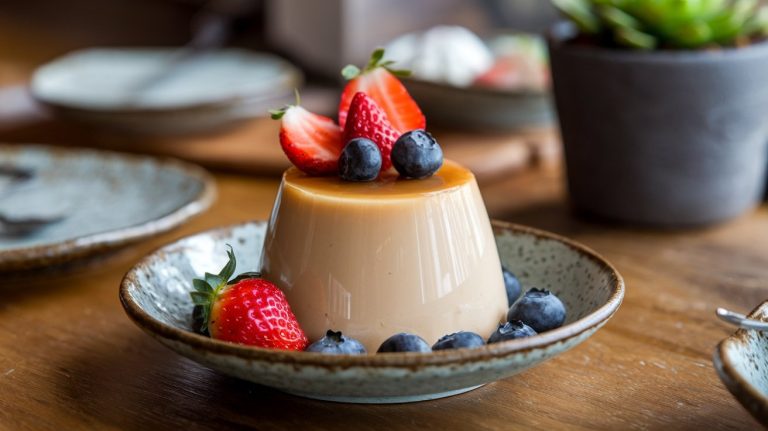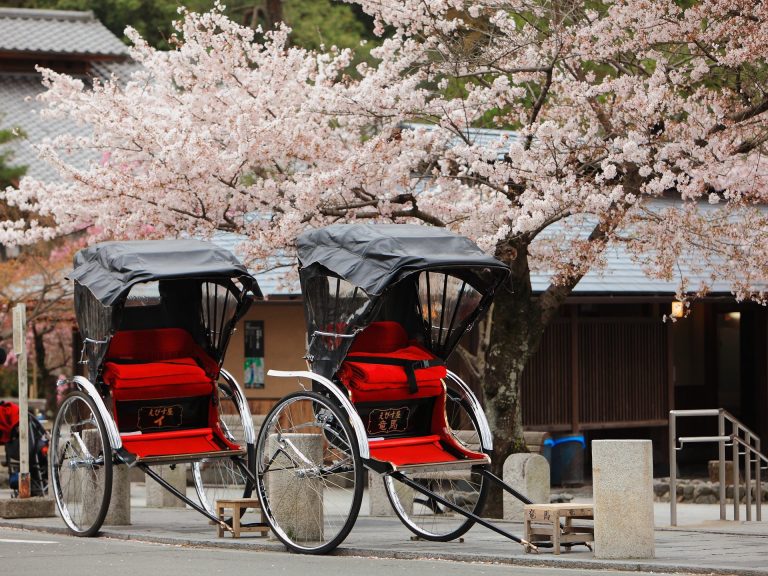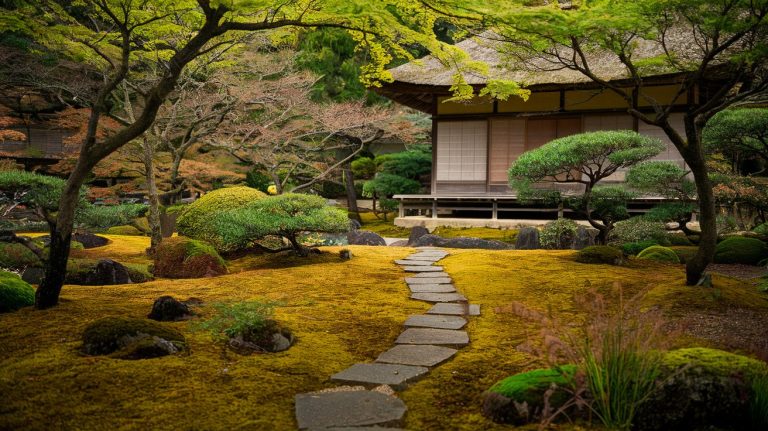6 Hidden Gems in South Korea You Can’t Miss
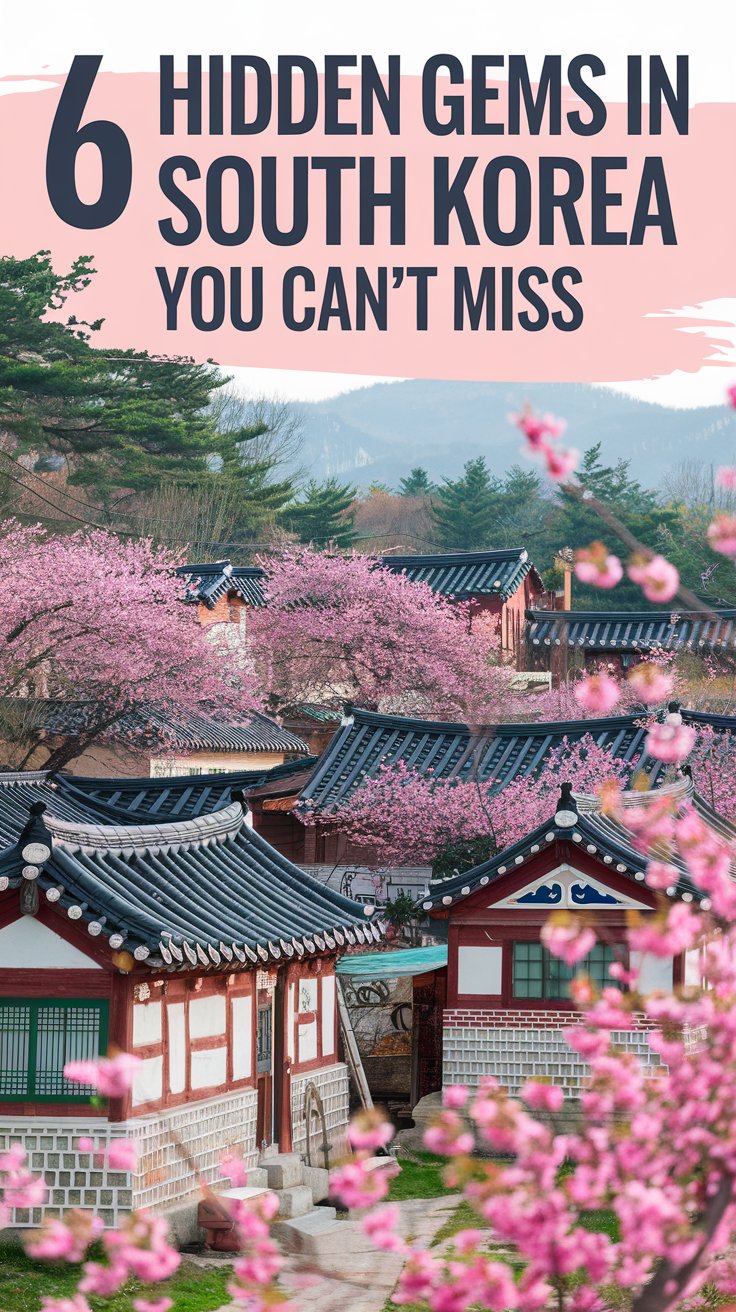
South Korea is a land of contrasts, where ancient traditions blend seamlessly with modern innovation. While iconic landmarks like Gyeongbokgung Palace and Jeju’s Hallasan Mountain draw millions of visitors, the country’s true magic lies in its hidden gems.
Imagine walking through a serene village untouched by time, exploring volcanic caves, or strolling through vibrant green tea fields. These lesser-known destinations offer a deeper connection to South Korea’s cultural and natural wonders, making every step an unforgettable experience.
Let’s dive into 6 hidden gems in South Korea that deserve a spot on your itinerary.
1. Yangdong Folk Village – Korea’s Living Heritage
Yangdong Folk Village, a UNESCO World Heritage Site, offers an authentic glimpse into the Joseon dynasty’s Confucian values. This village, home to over 150 traditional hanok houses, reflects the harmony between architecture and nature, following the principles of feng shui.
What sets Yangdong apart is that it’s still inhabited by descendants of its original families, making it a living testament to Korea’s past. Visitors can explore cobblestone paths, admire intricately designed courtyards, and learn about traditions preserved for over 500 years.
💡 Interesting Fact: Yangdong Folk Village is the largest traditional village in Korea, known for its ongoing preservation of Joseon-era heritage.
Plan Your Visit:
- Best Time: Spring or autumn for vibrant scenery.
- Tours: Guided heritage tours offer deep insights into the architecture and history.
- Accessibility: Uneven paths; wear comfortable shoes.
- Insider Tip: Visit early in the morning to enjoy the tranquil ambiance and capture the best light for photos.
2. Jeonju Hanok Village – A Cultural Experience
Jeonju Hanok Village is a treasure trove of Korean culture, featuring over 800 traditional hanok houses. Visitors can participate in hands-on activities like hanbok rentals, calligraphy workshops, and traditional craft-making, immersing themselves in Korea’s artistic heritage.
The village is also famous for its culinary delights, especially bibimbap, a dish that originated here. Its family-friendly workshops, vibrant artisan shops, and historic charm make Jeonju an ideal destination for cultural explorers of all ages.
💡 Did You Know? Jeonju Hanok Village played a pivotal role in preserving Korea’s traditions during rapid modernization.
Plan Your Visit:
- Best Time: Weekdays to avoid crowds.
- Tours: Cultural tours guide you through significant landmarks and artisan shops.
- Accessibility: Wheelchair-accessible paths are available in most areas.
- Insider Tip: Stay overnight in a hanok guesthouse to experience the village’s charm under moonlight.
3. Boseong Green Tea Fields – A Photographer’s Dream
The lush terraced hills of Boseong Green Tea Fields create a stunning landscape perfect for photography and relaxation. As Korea’s largest tea plantation, it’s renowned for producing high-quality green tea. Visitors can walk among the tea bushes, enjoy workshops on traditional tea-making, and savor unique green tea treats.
The misty mornings and golden sunsets here make Boseong a favorite spot for nature lovers and photographers alike.
💡 Fun Fact: Boseong produces over 40% of Korea’s green tea, with its products exported globally.
Plan Your Visit:
- Best Time: May, during the Green Tea Festival.
- Tours: Plantation tours include tea tastings and educational workshops.
- Accessibility: Most paths are accessible; some steeper areas may require extra care.
- Insider Tip: Don’t miss the nearby Tea Culture Museum to learn more about Korea’s tea heritage.
4. Seonyudo – Island Paradise in the Gogunsan Archipelago
Seonyudo, part of the Gogunsan Archipelago, is a serene island destination perfect for nature enthusiasts. Known for its pristine beaches and lush trails, it offers breathtaking views of the surrounding sea. The island is best explored by bike, with scenic paths leading to hidden coves and peaceful spots.
Seonyudo’s untouched charm makes it an ideal escape for travelers looking to experience Korea’s coastal beauty.
💡 Did You Know? Seonyudo is one of 60 islands in the Gogunsan Archipelago and is often called the “Island of the Gods.”
Plan Your Visit:
- Best Time: Spring or summer for mild weather and vibrant greenery.
- Tours: Eco-tours offer guided hikes and wildlife spotting.
- Accessibility: Some trails may be challenging for wheelchairs.
- Insider Tip: Catch the sunset from the observatory for an unforgettable view of the archipelago.
5. Manjanggul Lava Tube – A Subterranean Wonder
The Manjanggul Lava Tube on Jeju Island is a natural marvel, stretching over 13 kilometers. This UNESCO World Heritage Site allows visitors to explore one of the world’s longest lava tubes, complete with fascinating formations like stalactites and the towering 7-meter lava column.
The tube’s cool, dark environment offers a unique experience for geology enthusiasts and casual explorers alike.
💡 Fun Fact: The lava tube stays cool year-round, making it an excellent escape during Jeju’s summer heat.
Plan Your Visit:
- Best Time: Morning for fewer crowds.
- Tours: Self-guided tours are available with informational signs along the paths.
- Accessibility: Uneven terrain; wear sturdy footwear.
- Insider Tip: Bring a flashlight for a closer look at the intricate rock formations.
6. Garden of Morning Calm – Korea’s Tranquil Escape
The Garden of Morning Calm in Gapyeong is a botanical masterpiece, showcasing Korea’s natural beauty through artful landscaping. Designed to celebrate Korea’s nickname, “Land of the Morning Calm,” the garden features vibrant seasonal blooms, serene ponds, and scenic paths.
In winter, it transforms into a magical wonderland during its famous light festival, making it a must-visit year-round.
💡 Did You Know? The garden was created by a horticulture professor to promote Korea’s native plants and traditional design principles.
Plan Your Visit:
- Best Time: Spring for cherry blossoms or winter for the light festival.
- Tours: Combine with a trip to nearby Nami Island.
- Accessibility: Wheelchair-friendly paths are available.
- Insider Tip: Visit early in the day for a peaceful experience and stunning photos.
From ancient villages to natural wonders, these six hidden gems reveal the heart of South Korea’s culture, history, and natural beauty. Let your curiosity lead you to these unforgettable destinations.

